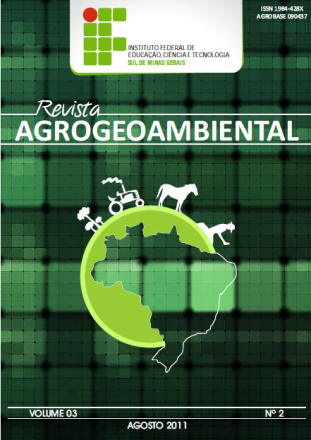Creating the fossils exposition of the IFSULDEMINAS Natural History Museum, Campus Inconfidentes
Revista Agrogeoambiental
Creating the fossils exposition of the IFSULDEMINAS Natural History Museum, Campus Inconfidentes
Autor Correspondente: G. Teofilo-Guedes | [email protected]
Palavras-chave: paleontological curation, scientific diffusion, non-formal education.
Resumos Cadastrados
Resumo Inglês:
Paleontology is an attractive science field, whose study object, the fossils, possesses a high potential to attract public attention. Fossils curation requires a detailed technical process since their collection in the field. Federal Institute of Education, Science and Technology of South of Minas Gerais – IFSULDEMINAS, Campus Inconfidentes participated in an educational field trip in november 2016, for collecting fossils, led by the Federal University of Rio de Janeiro, receiving the donation of around 60 specimens. Then, considering the urgency of a curatorial procedure for the safeguard of such material, we carried out this study aiming to create the fossils exposition of the IFSULDEMINAS Natural History Museum, Inconfidentes municipality, SE Minas Gerais state, Brazil. For that purpose, we have been preparing the fossils, from July of 2018 to date, using adapted tools such as those used by dentists, removing the overarching rock matrix from the specimens with adapted tools, attributed them tomb numbers and exposed them in the Natural History Museum, with informative textual and graphic material. Over 40 specimens were prepared, cataloged and exposed so far, and the exposition is already receiving visitors. In future actions, we intend to implement technologies which will improve both the teaching-learning process and specimens safeguard.

